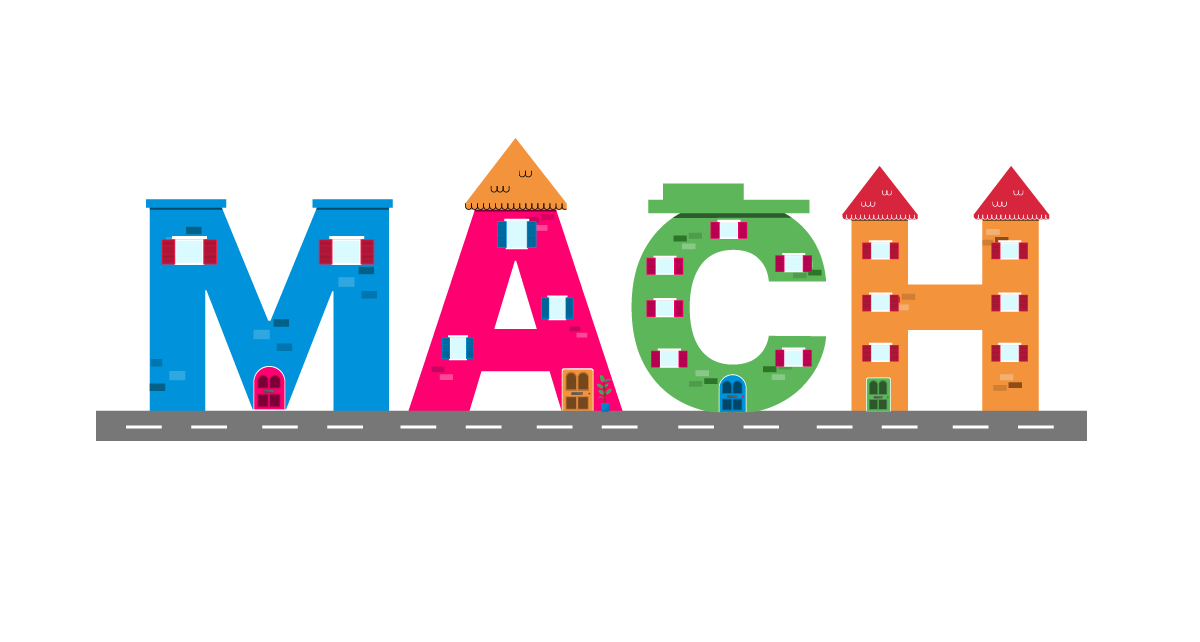
A new paradigm known as MACH (Microservices, API-first, Cloud-native, and Headless) has emerged as the next generation of software development. This architecture framework provides the flexibility, scalability, and agility that businesses require to remain competitive in a cloud-driven world.
Understanding MACH is critical for driving future-proof software initiatives. More importantly, if you are API-first, adopting an embedded integration platform as a service (iPaaS) is crucial. This is because it will streamline operations and maximise MACH’s full potential.
What is MACH Architecture?
MACH stands for Microservices, API-first, Cloud-native, and Headless. This architecture is constructed from modular, interchangeable components that enhance agility, provide smooth omnichannel interactions, and facilitate flexible integration management.
It represents a swiftly advancing method for creating contemporary digital technology frameworks. MACH technologies drive the concept of composable infrastructure, which consists of adaptable, scalable, and replaceable parts. These can be perpetually refined through agile development. As a result, they’ll address changing business demands and requirements.
Breaking Down MACH
The MACH architecture combines four key principles to create a flexible, modular approach to software development:
Microservices is an architectural approach that divides extensive applications into smaller, independent services, each handling a specific function. Each service is loosely coupled, meaning they can be developed, deployed, and scaled independently.
API-first refers to APIs being prioritised from the outset of development. This allows seamless integration between different systems and components.
Cloud-native describes applications specifically built for deployment in cloud environments, MACH applications are built to take advantage of the cloud’s elasticity, scalability, and resilience. Cloud-native architecture enables continuous delivery and dynamic scaling. A Gartner report predicts that by 2025, over 95% of new digital projects will be based on cloud-native platforms, a significant increase from under 40% in 2021.
Headless refers to the decoupling of the front end (presentation layer) from the back end (business logic and data) as this allows for greater flexibility and doesn’t disrupt each other or the overall framework. Businesses can choose the best user interfaces for different channels, such as web, mobile, or IoT.
MACH Architecture provides an open, best-of-breed approach where businesses can select and integrate the best tools for each component of their digital ecosystem. Unlike traditional monolithic systems, MACH allows companies to remain agile, enabling rapid iterations and continuous innovation.
The Importance of API-First in MACH
One of the fundamental building blocks of MACH architecture is being API-first. In an API-first approach, APIs are not an afterthought. Instead, they are designed from the ground up as the primary communication channel between services, systems, and applications. This enables seamless integration between various software stack components, facilitating interoperability, data sharing, and scalability.
For organisations adopting a MACH-based strategy, being API-first is essential for several reasons:
- Interoperability: APIs allow services, even those built on different platforms, to communicate with each other.
- Decoupling: API-first development allows the separation of different software components, giving each component the flexibility to evolve and scale independently.
- Speed of Innovation: Teams can develop and release services independently, reducing bottlenecks, promoting parallel development, and accelerating time to market.
- Customisation and Flexibility: APIs enable customisation and allow developers to choose the best-of-breed solutions without being tied to a single vendor.
However, with the rapid proliferation of APIs and microservices in a MACH environment, managing and integrating these services becomes increasingly complex. This is where an embedded integration platform as a service (iPaaS) plays a critical role.
Why You Need an Embedded iPaaS in an API-First World
An embedded iPaaS is a solution designed to manage integrations within a software ecosystem. In an API-first, MACH-based architecture, the sheer number of APIs and microservices can lead to challenges in orchestration, governance, and monitoring. An embedded iPaaS provides a centralised platform to handle these complexities by streamlining integration between systems and services.
Here’s why an embedded iPaaS is crucial in the context of MACH:
1. Simplified Integration Management
One of the main challenges of managing microservices and APIs in a MACH architecture is the integration of numerous services across various platforms. An embedded iPaaS provides a comprehensive toolset that enables organisations to build, manage, and maintain integrations without writing custom code for each connection. It eliminates the need to manually integrate each service, reducing time spent on maintenance and allowing development teams to focus on innovation.
2. Scalability and Flexibility
MACH architecture inherently supports scaling and modularity, and an embedded iPaaS complements these strengths. As businesses scale and integrate more microservices or third-party solutions, an embedded iPaaS ensures that the system remains flexible and adaptable. It offers pre-built connectors and a robust API management layer to handle increasing integration complexity as your business grows.
3. Enhanced Security and Governance
As more microservices and APIs are added to a MACH environment, security and governance become critical concerns. An embedded iPaaS offers built-in security protocols, encryption, and access controls to ensure data integrity and privacy. Additionally, it enables organisations to enforce governance policies across all integrations, ensuring compliance with internal and external regulations.
4. Real-Time Monitoring and Analytics
In an API-first ecosystem, maintaining visibility into how APIs and services are performing is crucial. An embedded iPaaS comes equipped with real-time monitoring and analytics features, giving organisations a clear view of system performance, potential bottlenecks, and errors. This level of transparency is essential for ensuring optimal performance in a MACH architecture and allows for proactive issue resolution before disruptions occur.
5. Faster Time-to-Market
One of the key advantages of adopting MACH architecture is the ability to iterate quickly and bring new products and services to market faster. An embedded iPaaS accelerates this process by simplifying integrations and eliminating many of the hurdles associated with managing APIs and microservices. With a seamless integration platform, development teams can focus on building new features and services without worrying about the complexities of connecting disparate systems.
MACH and iPaaS – A Powerful Combination
As businesses shift to more modern, modular software development practices, MACH architecture is becoming the go-to framework for building scalable, flexible, and future-proof applications. With the power of microservices, API-first design, cloud-native infrastructure, and headless architecture, MACH provides the building blocks for success in today’s digital world.
However, managing these components without an efficient integration solution can lead to inefficiencies and slow down progress. An embedded iPaaS is the key to unlocking MACH’s full potential. By simplifying integrations, ensuring security, and enhancing scalability, an embedded iPaaS empowers businesses to capitalise on MACH architecture and accelerate their digital transformation.
For technical leaders, embracing MACH alongside an embedded iPaaS offers a clear pathway to agility, innovation, and long-term competitive advantage.
We host a range of webinars discussing embedded iPaaS, integration building and more.
Check out the full list on our dedicated page.

